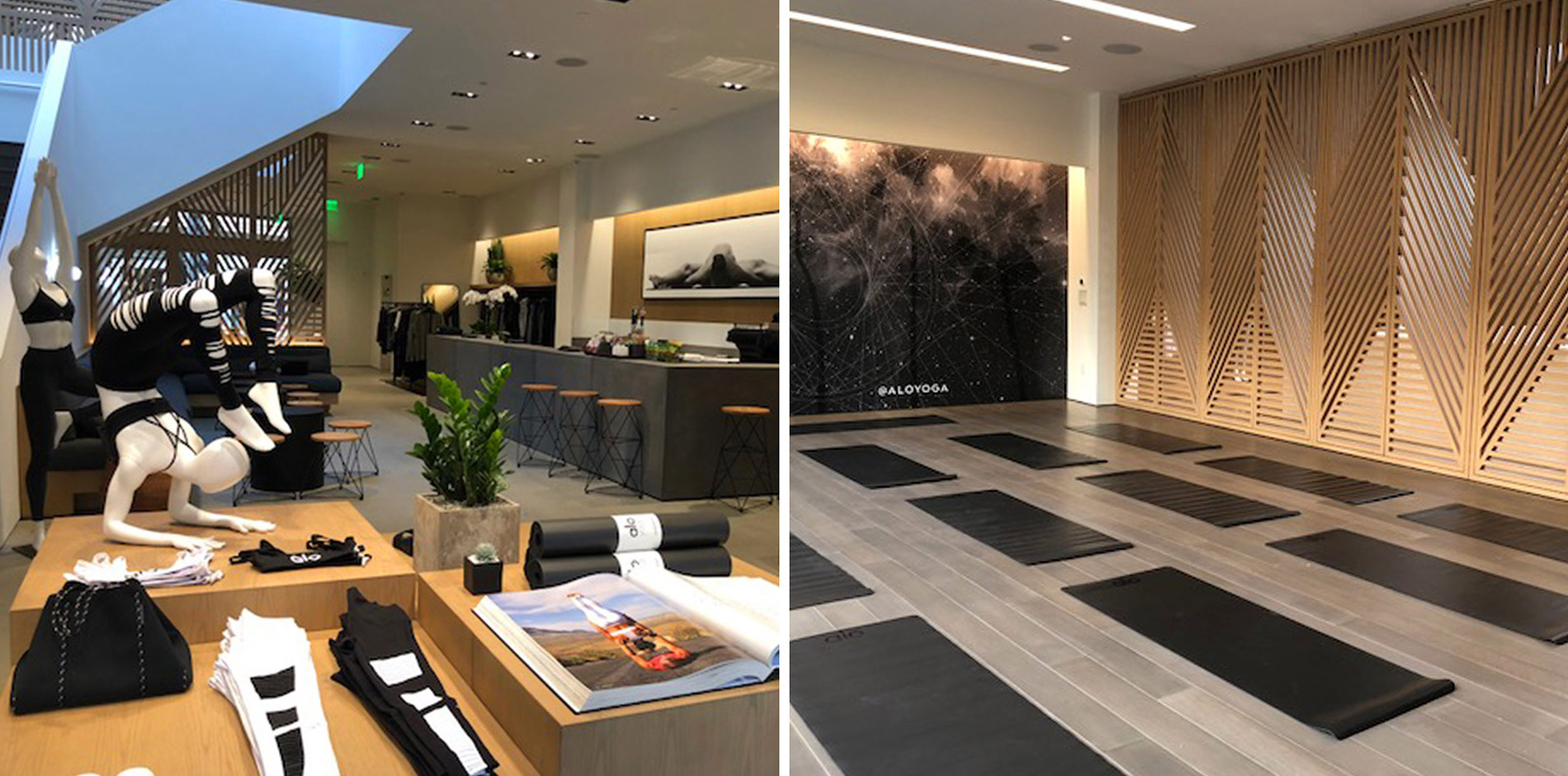From interactive showrooms to trendy pop-up shops, there has been a significant shift in brick-and-mortar strategy that will only continue to evolve. Recent JLL research predicts that in the next five years, digitally-native brands will open more than 850 retail stores. These formerly online-only brands can provide a new kind of customer experience—one that is more personalized, immersive, and digitally connected—by combining the limitless potential of the internet with a hands-on experience.
With an established customer base online, ecommerce brands have insights into buying behaviors, interests, demographics, and locations. This data can help curate the best possible in-store shopping experience if used wisely, allowing these brands to move swiftly and efficiently into the physical world. This intel can not only help retailers identify the perfect store location, but also refine and expand on new consumer segments.
By converting an online presence and the subsequent data into a physical store, brands can offer customers unique, tailored features they can’t get online. Some retailers, like footwear brand Allbirds, opt to mirror their online presence in-store with the inherently added layer of the tactile brand interaction, while others add enhanced experiences, like high-end athletic retailer Alo Yoga, which has yoga classes and a beverage bar in its stores. Well-established online-only brands, like Tamara Mellon and PrettyLittleThing, can use the opening of a first brick-and-mortar store as the next step to grow and enhance their brand.
For retailers who aren’t ready to immediately jump into larger-format stores, their ecommerce model allows them to use smaller-format, cost-effective stores that don’t require back-of-house inventory. They can also draw on their digital roots, implement technology such as interactive apps, highly-personalized services, and demonstrations based on previous online purchases. Virtual reality and 3D models also help create a memorable customer experience.
Ultimately, by merging the accessibility and convenience of the digital world with the multi-sensory capabilities of the physical world, brands can secure long-term consumer loyalty, growth, and trust through custom, data-driven brick-and-mortar retail experiences.
By: Jim Scarpone, Director of Business Development
